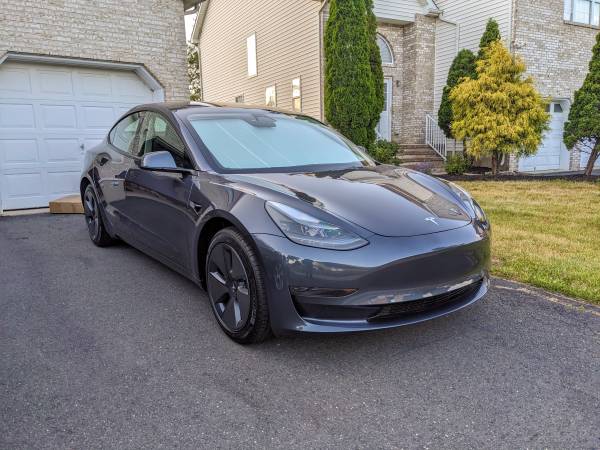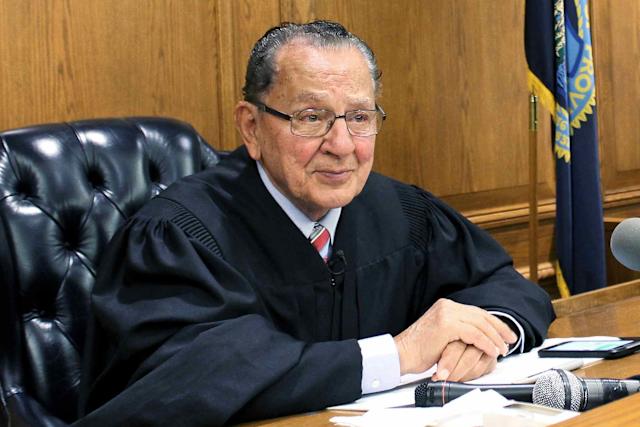In a gripping real-world experiment, a Tesla Model 3 owner pushed their electric vehicle to the limits, driving it until the battery hit 0%. The results of this daring test not only reveal the true range capabilities of the Model 3 but also underscore the importance of understanding electric vehicle battery management.
 The driver embarked on a loop-style journey, starting with a fully charged battery reading of 293 miles. Despite experiencing battery degradation, the Model 3 managed to deliver an impressive performance, reaching 259 miles before coming to a complete stop. This outcome raises critical questions regarding Tesla’s battery management system and the actual range users can expect under real-world conditions.
The driver embarked on a loop-style journey, starting with a fully charged battery reading of 293 miles. Despite experiencing battery degradation, the Model 3 managed to deliver an impressive performance, reaching 259 miles before coming to a complete stop. This outcome raises critical questions regarding Tesla’s battery management system and the actual range users can expect under real-world conditions.
Throughout the drive, the vehicle’s autopilot features were put to the test, showcasing both strengths and weaknesses. The driver noted instances where the car struggled with sudden weather changes, including heavy rain, which led to moments of hydroplaning. This highlights the necessity for drivers to remain alert and ready to take control, even when relying on advanced driver-assistance systems.

Moreover, the experiment demonstrated the existence of a battery buffer beyond 0%, with the driver managing to travel several miles after the battery indicator showed empty. This finding could significantly impact how Tesla owners plan their trips, as it suggests that the vehicle may have more range than indicated.
The test concluded with a stark reminder of the challenges electric vehicle owners face: the need for careful planning and awareness of charging options. While the Model 3 delivered a commendable performance, the experience serves as a crucial lesson for all EV users about the realities of battery life and the importance of knowing one’s vehicle. As electric vehicles continue to grow in popularity, understanding their limitations and capabilities becomes ever more essential.






